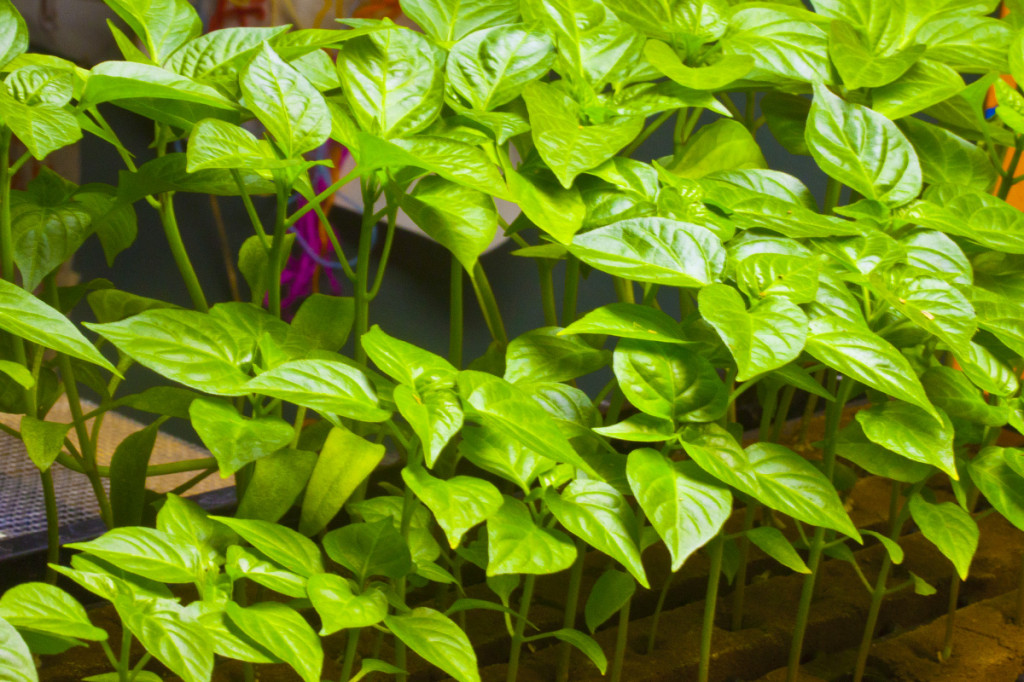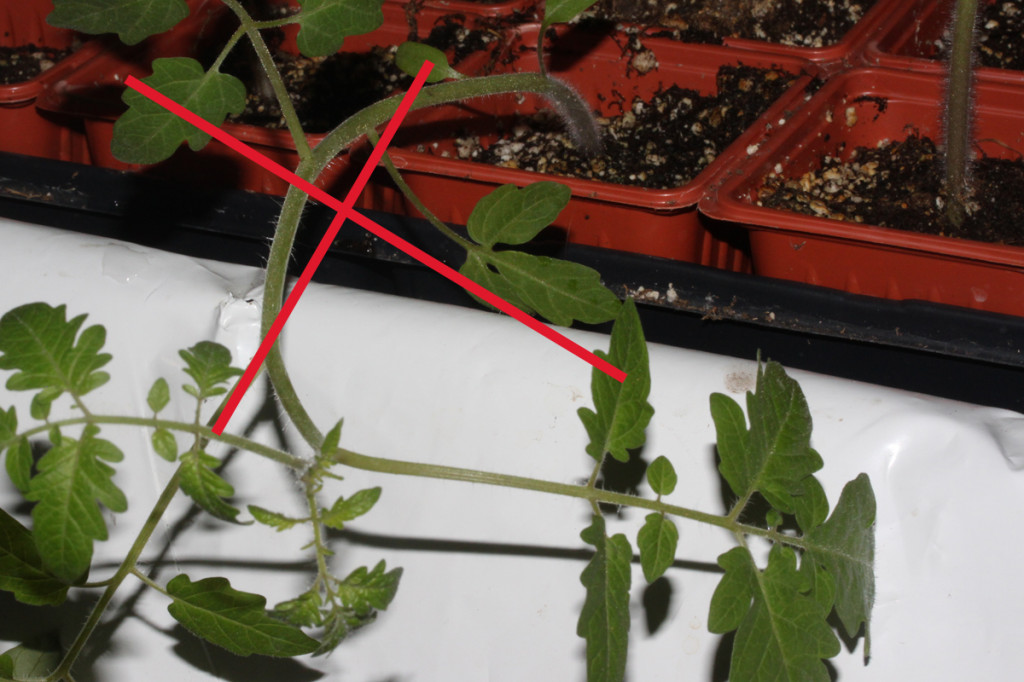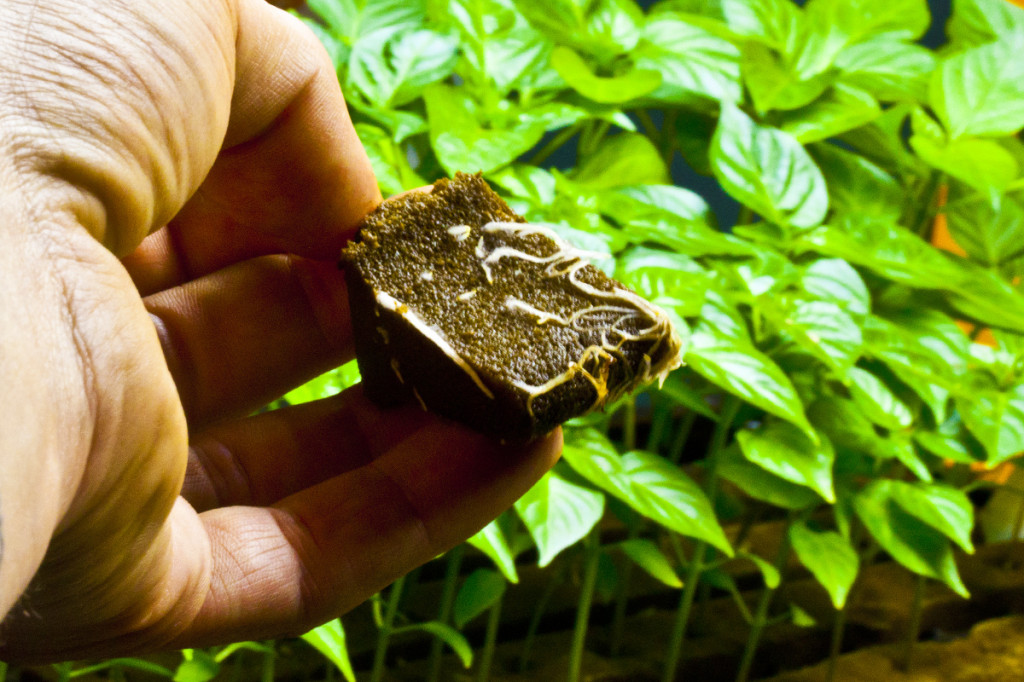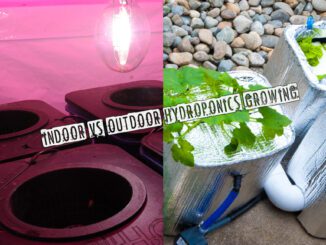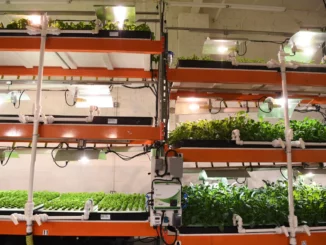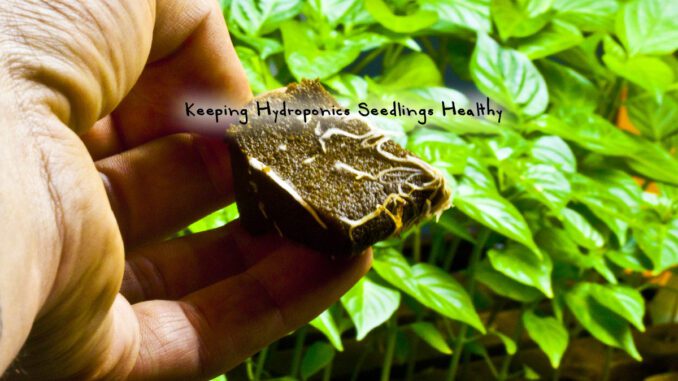
Keeping Hydroponics Seedlings Healthy
At the start of the traditional gardening season, and likely as a head start if you like to grow indoors or in a greenhouse with hydroponics, many gardeners are raising their own transplants from seeds or cloned plants via cuttings. For a more successful harvest later, there are some grow tips you can follow for keeping hydroponics seedlings healthy.
When we start plants from seed, we often have to do some guess work with scheduling the growing time from anticipated germination (seed sprouting) to the time the plant is at it’s peak in health and vigour for the space and light levels you can provide. Even veteran growers can run into surprises with unexpected variation in how a type of seed may grow to factors like late starts in the season due to unusually cold weather, or even flooding!
With cuttings, it can be a little easier. If you keep a a few nice healthy mothers without loosing their vigour, you can have some pretty sturdy transplants ready to pop outside in a four week propagation and nursery schedule that you can set your watch to-assuming you are even into time. With cuttings rooting times tend to be consistent and growers can produce a good sized transplant in a short time frame-although that doesn’t necessarily make cuttings better to grow than seed plants for the best possibilities at harvest time.
So, if you find yourself running out of space in your propagation area in waiting for your plants to be able to get placed into the next phase of your growing cycle indoors under grow lights, or outdoors under natural light, here’s a few tips that can help keep your plant’s health and production possibilities low, while keeping growth rates in check-so you don’t run out of space or wind up with sick and weak plants from overcrowding.
Higher Kelvins (K)=More Blue!
Using grow lights for seedlings that are full spectrum “daylight” (5500K) or higher will keep growth rates low if applied at lower intensities without creating excessive “stretching” in seedlings-which is what often results as the plants start to get crowded in. In short, you can buy your plants more time without hurting their health-in fact, you may even prefer thew tighter growth structure that is characteristic of higher Kelvin rated grow lights.
Drop It Like It’s Hot
Provided the root system doesn’t stay excessively damp, ie good draining hydroponics starter medium, it’s OK to lower the daylight temperatures once the seedlings are established to slow growth rates down. While this can be effective if you only need to do it for a week or less, the crop of transplants may start to suffer if you do this for an extended period, particularly if there is higher than optimal moisture at the roots. Don’t over water and watch out for higher humidity (causes stretching) if attempting this method.
Note: If you do this, your plants will already be “hardened off” and ready for transplant, so it has more than one advantage if managed correctly.
Avoid Ammonium Fertilizer Sources
Unless you are providing extremely high levels of light to your transplants, avoid additions of Ammonium based fertilizers-these cause your plants to take off an ad stretch like a bottle rocket! There can be surprisingly high levels that result from organic sources, and it is also a common ingredient in big-box store type fertilizer products. Check the label-if you see “Ammonium Nitrate or Ammonium Phosphate” as an ingredient you may want to save that for later, when the plants are established outdoors in the garden. Look for “Nitrate” (NO3) sources in your fertilizer when it comes to raising sturdy and healthy hydroponics transplants.

